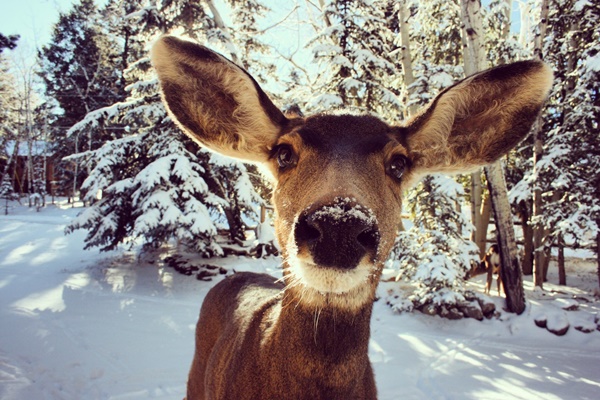Camping in the great outdoors provides an invigorating experience but often involves encounters with wildlife. Managing these encounters is vital for safety and wildlife welfare. This guide offers insights and strategies to handle wildlife interactions responsibly, benefiting both seasoned and novice campers.
Understanding Wildlife Behavior
To make prudent decisions when faced with wildlife encounters, it is essential to acquire a foundational comprehension of animal behavior. Familiarizing yourself with the prevalent wildlife species within your chosen camping locale, including bears, deer, coyotes, and snakes, is a prudent initial step. Furthermore, it is crucial to recognize that animal behavior can exhibit seasonal variations, necessitating research into how wildlife may behave differently during spring, summer, fall, or winter.
Preparing for Wildlife Encounters
Thorough pre-camping preparation assumes pivotal significance in reducing the likelihood of wildlife encounters. Conducting meticulous research concerning the specific wildlife indigenous to the area and their behavioral patterns is imperative. Equally essential is the adoption of secure food storage practices to mitigate the attraction of animals to your campsite.
The selection of camping equipment designed to minimize odors and noise further diminishes the prospects of unwelcome wildlife intrusion. Additionally, it is essential to acquaint yourself with and adhere to local regulations and guidelines pertinent to camping in wildlife habitats. In the context of preparing for wildlife encounters, deer feeders can significantly impact wildlife behavior in camping areas.
While they are commonly used to attract deer for observation and hunting purposes, their presence can also influence other wildlife and camping experiences.
Preventing Wildlife Encounters
The foundation of minimizing potential wildlife encounters rests upon judicious campsite selection. Opting for a location distanced from animal trails and feeding areas is a prudent course of action. Upholding a pristine camp environment assumes critical importance, given that food remnants and refuse can beckon animals to your site.
Adherence to proper waste disposal methods, such as burial or the utilization of bear-resistant containers, plays a pivotal role in discouraging wildlife presence at your campsite. Conscientious management of noise and light pollution further aids in deterring inquisitive animals.
What to Do When You Encounter Wildlife
In the event of a wildlife encounter, maintaining composure emerges as paramount. Sudden movements or loud disruptions can disconcert animals and potentially elicit unpredictable responses. Accurate identification of the encountered species and a subsequent assessment of the associated threat level are essential.
Ensuring a safe distance is upheld, and if necessary, employing bear spray or similar deterrents to discourage the animal's approach is advised. Generating noise to apprise wildlife of your presence is effective, but refrain from yelling or making hasty movements. A gradual retreat from the encounter while vigilantly monitoring the animal's behavior is the recommended course of action.
Special Considerations for Specific Wildlife
Distinct wildlife species necessitate tailored approaches to encounters. For instance, your response to a bear encounter will inherently differ from your approach to a snake encounter. This section will expound upon specific guidelines tailored to various wildlife encounters, enhancing your readiness for diverse situations.
Children and Pets
Camping alongside children or accompanied by pets introduces additional layers of consideration when contending with wildlife encounters. Ensuring vigilant supervision of children within wildlife habitats, educating them on appropriate behavior, and restraining pets with leashes all represent integral facets of responsible camping.
Emergency Situations
In rare scenarios, wildlife encounters may escalate to injuries. A comprehensive understanding of how to react during such emergencies, encompassing first aid administration and the adept summoning of assistance while providing precise location details is pivotal for ensuring a safe resolution.
After the Wildlife Encounter
Following a wildlife encounter, reflecting upon the experience, and extracting valuable lessons are imperative. Reporting the encounter to relevant authorities assumes significance, as it contributes to tracking animal behavior, subsequently enhancing the safety of future campers. Adapting your camping practices based on the insights garnered from the encounter ensures safer expeditions in the future.
Conclusion
Responsible camping in wildlife habitats goes beyond appreciating nature; it's about safeguarding your safety, preserving indigenous fauna, and sharing knowledge. By understanding wildlife, preparing well, and handling encounters, you can enjoy the outdoors safely and promote responsible camping for everyone.








No comments
Post a Comment